When Were Modular Homes First Built? A Historic Insight
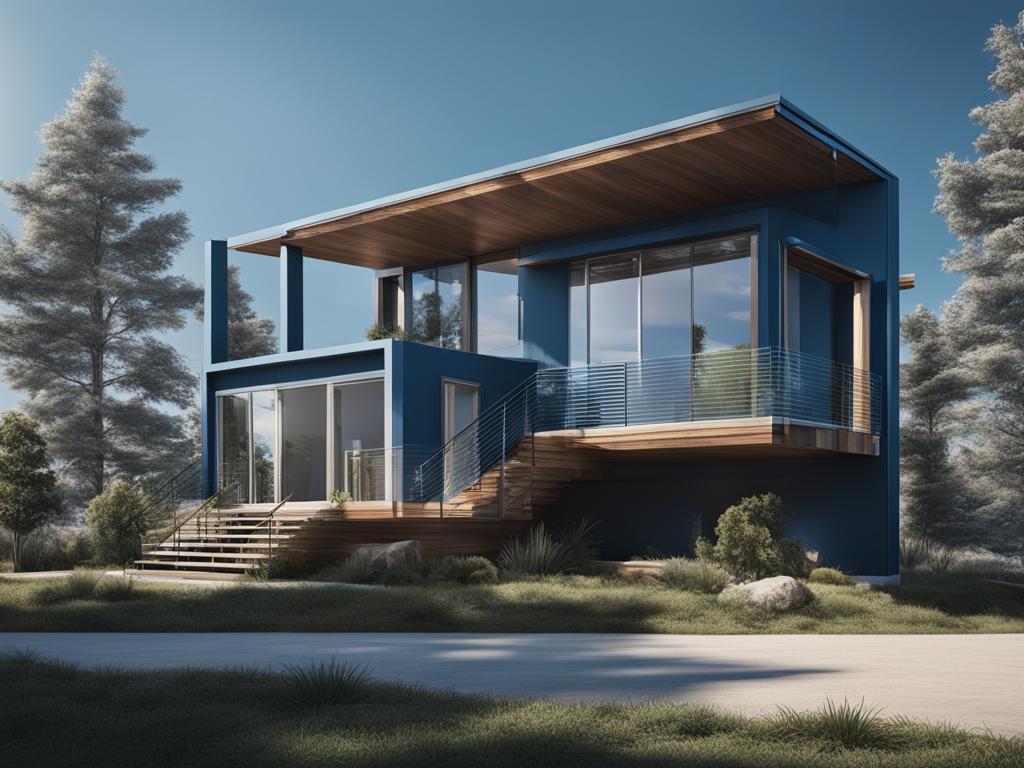
Modular homes have become increasingly popular in the construction industry, offering a cost-effective and sustainable housing solution. But when were modular homes first built? Let’s take a journey into the history of modular homes and explore their origins and evolution over time.
In 1837, London-based carpenter Henry Manning designed and built the first recorded example of a modular home. Manning’s innovative design allowed for easy transportation and assembly, making it ideal for shipping to distant locations. By 1853, hundreds of modular homes had been shipped to Australia, showcasing the widespread adoption of this construction method.
Throughout history, modular construction methods were also employed during significant events such as the California Gold Rush and the building of a modular hospital in Crimea. These examples highlight the versatility and practicality of modular building techniques.
Over the years, the perception of modular homes has evolved. Once considered cheap or inferior, modular construction is now embraced as a sustainable and flexible building method. With advancements in digital tools, lighter-weight materials, and market disruption, modular housing is gaining recognition as a viable solution for modern housing needs.
So, the next time you step into a beautifully crafted modular home, you have the historical timeline and evolution of modular homes to thank for its existence.
Key Takeaways:
- Modular homes have a long history, dating back to the 19th century.
- London-based carpenter Henry Manning built the first recorded modular home in 1837.
- Modular construction gained popularity due to its ease of transportation and assembly.
- Modular homes were widely shipped to Australia by 1853.
- Advancements in digital tools and materials have improved the perception of modular housing.
Modular Buildings UK: Origins (1837 – 1900)
In 1837, the first recorded instance of a modular building in the UK was introduced by Henry Manning. He designed this innovative structure for his son, who planned to emigrate to Australia. Manning’s modular design quickly gained popularity due to its ease of transportation and assembly.
By 1853, the demand for modular buildings was so high that hundreds of them were being shipped to Australia every year. This form of construction was not only limited to the UK; it was also observed during significant events such as the California Gold Rush and the construction of a modular hospital in Crimea.
This timeline marks the origins of modular buildings in the UK, showcasing their adaptability and practicality that made them a preferred choice even during those early years. The image below displays one of Henry Manning’s remarkable creations.
Modular Buildings UK: Impact of War (1940 – 1960)
World War II had a significant impact on the housing situation in the UK. With extensive damage caused by the war, there was a pressing need for immediate shelter for displaced families. The post-war housing crisis unfolded, leaving the country grappling with a severe shortage of habitable homes.
Amidst these challenging circumstances, modular construction emerged as a solution to address the housing crisis. Factories across the UK started producing components for temporary housing known as modular buildings. These structures were designed to be easily assembled and disassembled, making them ideal for rapid deployment.
The modular homes were constructed using prefabricated modules manufactured in factories and then transported to their designated locations for assembly. This approach allowed for quick and efficient construction, ensuring that families had a roof over their heads in the aftermath of the war.
One of the key advantages of modular construction after World War II was its affordability. The modular buildings were cost-effective compared to traditional construction methods, making them a viable option within the constraints of limited resources and budget.

Modular Buildings UK: Recent Times (1990 – Now)
In recent years, the UK has witnessed significant developments in modular construction, transforming it into a sustainable and flexible building method. Gone are the days when modular buildings were considered cheap or inferior. Instead, today’s modular buildings in the UK are both aesthetically pleasing and environmentally friendly.
One notable example of modular construction in the UK is the establishment of modular NHS infrastructure. By opting for modular construction, the NHS has been able to achieve affordable and flexible expansion of medical facilities. This innovative approach has revolutionized the healthcare sector, providing efficient and sustainable solutions for the evolving needs of the NHS.
Modular construction offers several advantages that contribute to its growing popularity. The sustainability factor is a key driver as modular buildings are designed with energy efficiency in mind, reducing their environmental impact. Additionally, the flexibility of modular construction allows for easy adaptation and modification, ensuring that buildings can meet changing requirements over time.
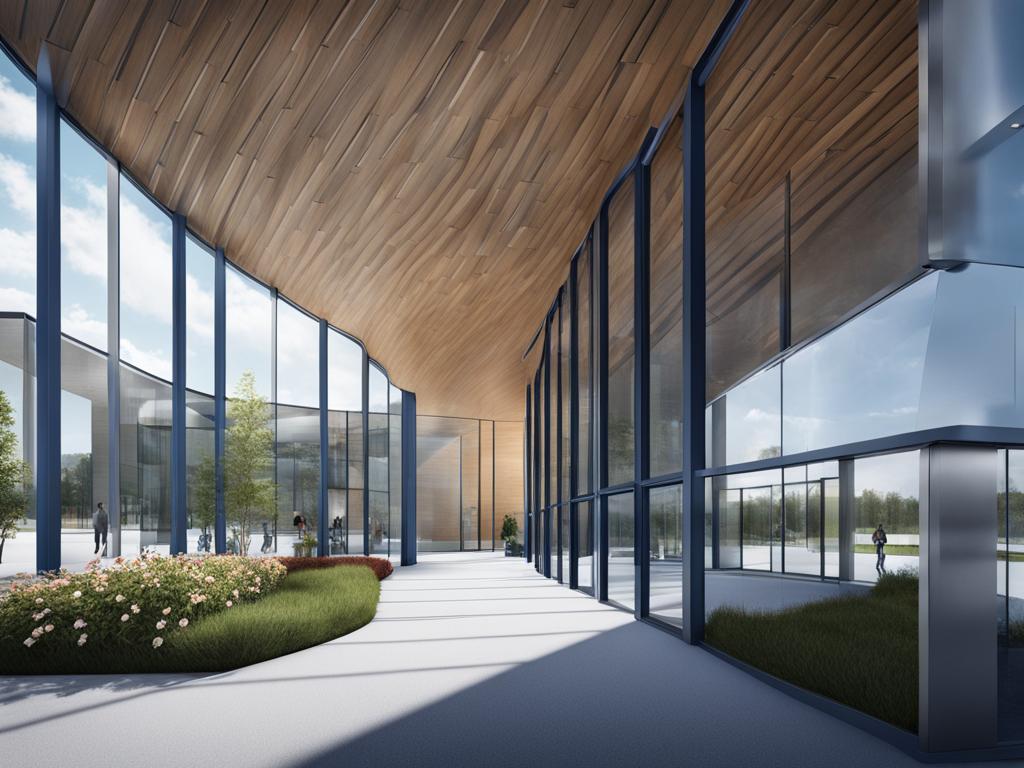
Advantages of Modular Construction for the NHS:
- Quick and efficient construction, minimizing disruption to ongoing medical services
- High-quality design and construction that meets rigorous healthcare standards
- Cost-effective solution, enabling affordable expansion and renovation of medical facilities
- Eco-friendly construction, with reduced waste and energy consumption
- Flexibility to accommodate future changes and technological advancements in healthcare
With the successful implementation of modular NHS infrastructure, the UK has proven the viability of modular construction in delivering sustainable and adaptable buildings. As a result, modular buildings in the UK continue to gain recognition for their innovative design, functionality, and positive impact on the environment.
Advances in Modular Housing
Modular housing is experiencing significant advancements in recent years, transforming the perception of this construction method. The integration of digital tools and the utilization of lighter-weight materials have revolutionized the modular housing industry, making it more appealing to prospective homebuyers and potentially disrupting the market.
The introduction of digital tools has streamlined the design and construction processes of modular homes. Architects and builders now have access to innovative software that allows for efficient planning, precise measurements, and seamless communication throughout the project. This digital transformation has greatly enhanced the speed and accuracy of modular construction, resulting in faster project completion times and increased customer satisfaction.
Furthermore, the implementation of lighter-weight materials has addressed previous concerns surrounding the quality and durability of modular homes. Advances in materials technology have resulted in the development of high-performance, lightweight components that meet or exceed traditional building standards. These materials not only contribute to the structural integrity and longevity of modular homes but also offer energy efficiency benefits, reducing environmental impact and lowering utility costs for homeowners.
The Perception Shift
As a result of these advancements, the perception of modular housing has shifted dramatically. Previously viewed as a temporary or substandard housing solution, modular homes are now seen as viable alternatives to traditional construction methods. The improved design capabilities paired with the utilization of modern materials have elevated the aesthetic appeal and functionality of modular homes, transforming them into desirable and sustainable living spaces.
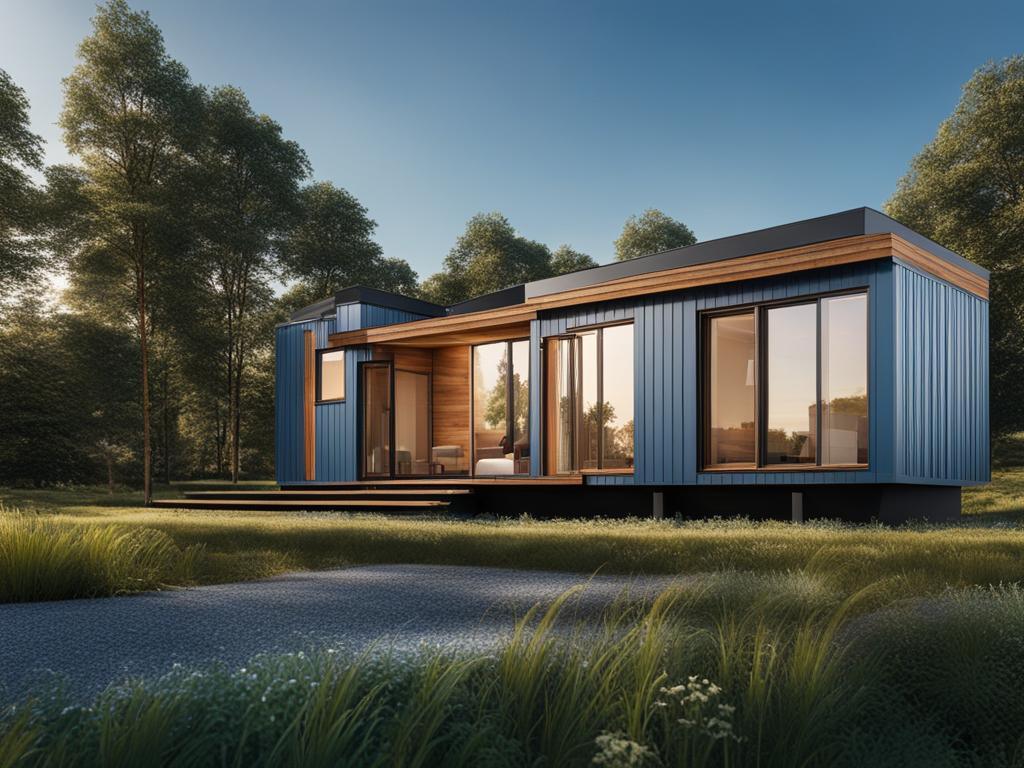
Homebuyers are increasingly recognizing the benefits of modular housing, such as quicker construction timelines, reduced construction waste, and enhanced energy efficiency. These factors not only contribute to a more sustainable lifestyle but also present financial advantages for homeowners. With the growing demand for eco-friendly and cost-effective living solutions, the modular housing market is poised for significant disruption.
As the modular housing industry continues to innovate and evolve, further advances can be expected. Ongoing research and development will contribute to the refinement of digital tools, resulting in even more efficient and accurate construction processes. Additionally, advancements in materials science will lead to the creation of even lighter and more sustainable building components, further solidifying the position of modular housing as a modern, versatile, and attractive option for contemporary homeowners.
Advantages of Modular Construction Methods
Modular construction offers several advantages over traditional building methods. These benefits make it an attractive option for both developers and individuals looking to build or expand their properties.
1. Cost-effective
One of the key advantages of modular construction is its cost-effectiveness. The streamlined manufacturing process and efficient use of materials result in reduced construction costs compared to traditional on-site building methods. This cost savings can be significant, allowing for more affordable housing options and increased return on investment for developers.
2. Speed
The speed of modular construction is another major advantage. Since modules are prefabricated in a controlled factory environment, construction can proceed simultaneously on-site, significantly reducing the overall construction time. This rapid construction process is especially valuable for projects with strict deadlines or urgent housing needs, such as disaster relief or emergency accommodation.
3. Environmental Factors
Modular construction is recognized for its positive impact on the environment. The controlled factory environment enables efficient use of materials, reducing waste in the production process. Additionally, modular buildings often incorporate sustainable design features, such as energy-efficient insulation and solar panels, further reducing their environmental footprint.
4. Energy Efficiency
Modular buildings are known for their energy efficiency. The controlled manufacturing process allows for precise installation of insulation and high-performance windows, resulting in improved energy efficiency and reduced heating and cooling costs. This not only benefits the environment but also enhances the comfort and affordability of the building for occupants.
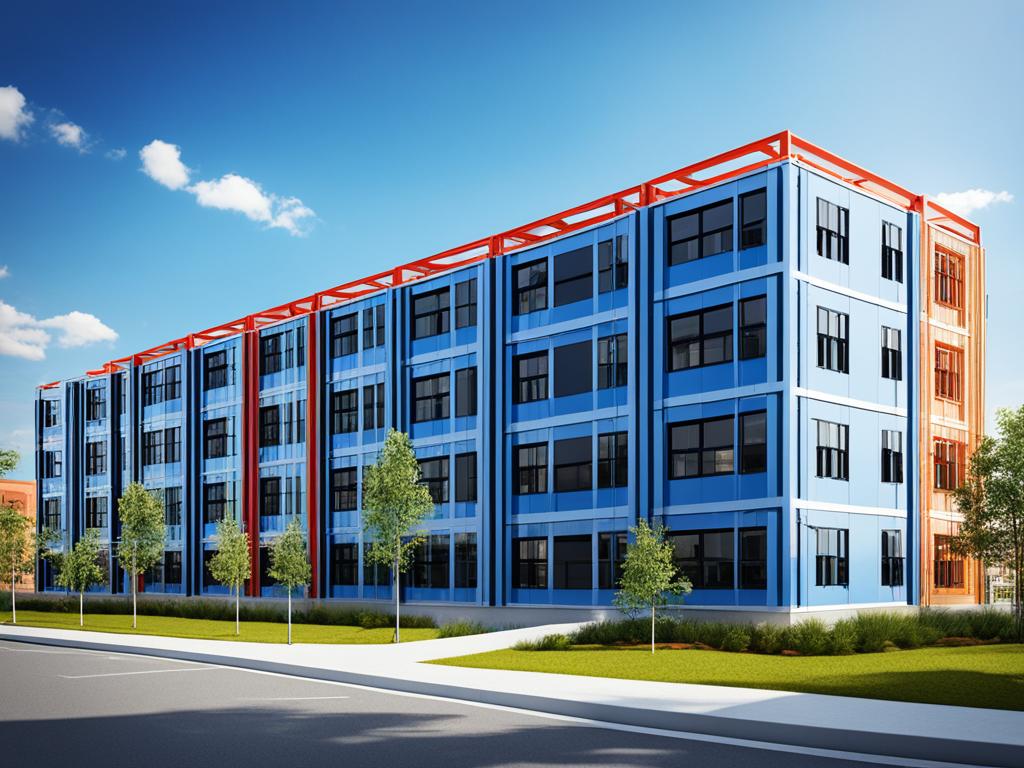
5. Workforce
Modular construction provides an opportunity to address skill shortages in the construction industry. The factory production environment allows for specialized training and quality control, ensuring consistent standards across modules. This means that a more diverse and less experienced workforce can be employed, reducing the reliance on highly skilled on-site labor and expanding job opportunities in the construction sector.
6. Less Waste
One of the key advantages of modular construction is the significant reduction in waste compared to traditional construction. Precise planning and off-site manufacturing lead to better material management and reduced excess waste. This not only benefits the environment but also reduces disposal costs and enhances sustainability.
7. Durability and Acoustics
Modular buildings are built to last, with high-quality materials and robust construction techniques. They are designed to withstand transportation and assembly, making them durable and resilient in various climates and conditions. Furthermore, modular construction often incorporates superior acoustic and soundproofing features, ensuring a quiet and comfortable living or working environment.
8. Flexible Uses and Design Flexibility
Modular buildings offer versatile and flexible solutions to a wide range of needs. They can be customized to suit various uses, from residential homes to offices, schools, healthcare facilities, and more. The modular nature allows for easy expansion or reconfiguration, giving property owners the flexibility to adapt the building to changing requirements over time.
In summary, modular construction provides numerous advantages, including cost-effectiveness, faster construction time, environmental sustainability, energy efficiency, a diverse labor force, reduced waste, durability, superior acoustics, and flexible design options. These benefits have contributed to the growing popularity of modular construction in the UK and beyond.
Disadvantages of Modular Housing
While modular housing offers many advantages, it’s important to consider the potential disadvantages before making a decision. Here are some challenges associated with modular housing:
Financing Challenges
Due to the relatively new nature of the modular housing market, securing financing for modular homes can sometimes be more challenging than traditional homes. Lenders may be less familiar with the modular construction process and may have stricter requirements for financing.
Consumer Concerns
Some consumers have concerns about the quality control and construction guarantees of modular homes. They may worry about the durability and long-term reliability of the modular construction method. Addressing these concerns through transparent and reputable modular building companies can help alleviate these worries.
Land Restrictions
Modular homes may face restrictions on where they can be placed due to local zoning laws and regulations. Some areas may not allow modular homes in certain neighborhoods or on specific types of land. It’s important to research and understand the land restrictions in your desired location before considering modular housing.
Resale Value
Resale value can be a concern for some modular homeowners. While the quality and durability of modular homes have improved significantly, they may still face certain stigmas in the real estate market. This can potentially impact the resale value compared to traditionally built homes. However, the resale value can vary depending on various factors such as location, maintenance, and overall housing market conditions.
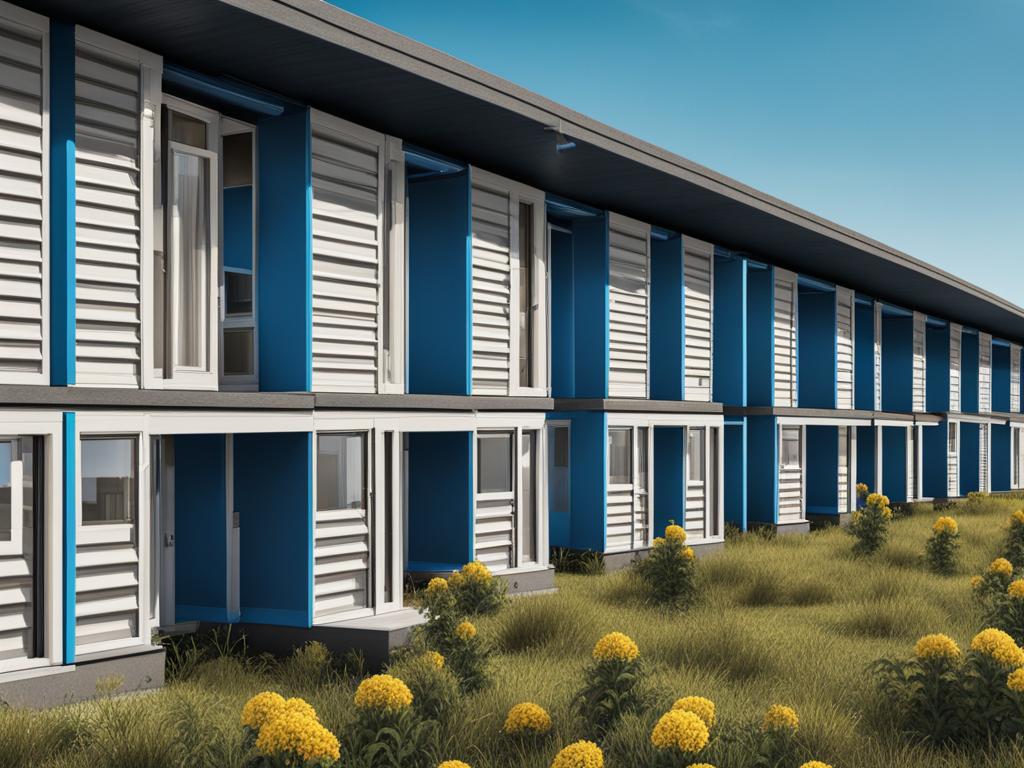
In conclusion, while modular housing offers numerous advantages, it’s essential to be aware of potential challenges, such as financing difficulties, consumer concerns, land restrictions, and considerations surrounding resale value. By understanding these factors and working with reputable modular building companies, the disadvantages can be addressed and minimized, allowing you to make an informed decision about modular housing.
Conclusion
Modular homes have a fascinating history that dates back to the 19th century. These innovative dwellings have come a long way since their early development in the UK. From their humble inception to the present day, modular homes have evolved into sustainable and flexible construction solutions that cater to the diverse housing needs of our society.
Over the years, modular homes have proven to be a valuable option for those seeking well-designed, affordable, and efficient housing. Their ability to be constructed quickly and transported easily has made them a preferred choice for various projects. With ongoing advancements in technology and increasing demand, modular homes are poised to remain at the forefront of the construction industry.
As the historical timeline of modular homes demonstrates, this construction method has continuously evolved to meet the changing needs of our society. From the early days of their inception to the present, modular homes have seen remarkable developments. These homes now encompass sustainable materials, energy-efficient solutions, and flexibility in design, allowing for beautiful and functional living spaces.
In conclusion, the historical journey of modular homes showcases their resilience, adaptability, and truly transformative nature. With their rich history and promising future, it’s clear that modular homes will continue to shape the way we build and live, providing innovative solutions for generations to come.
FAQ
When were modular homes first built?
The first recorded example of a modular home was designed and built by Henry Manning in 1837.
What is the history of modular homes?
Modular homes have a rich history, with their origins dating back to the 19th century. They have evolved over time to become a valuable solution for housing needs.
What is the evolution of modular homes?
Modular homes have evolved from their early inception in the UK to their current use in sustainable and flexible construction projects.
When did modular homes first appear?
The first modular homes appeared in 1837 with Henry Manning’s innovative design.
How did modular homes develop in their early years?
Modular homes gained popularity due to their ease of transportation and assembly. By 1853, hundreds of modular homes were being shipped to Australia annually. They were also used during the California Gold Rush and in the construction of a modular hospital in Crimea.
What impact did World War II have on modular homes in the UK?
After World War II, construction of houses was halted, leading to a housing crisis. To address this, factories began producing components for temporary modular houses, providing a solution to the ongoing housing crisis.
How has modular construction developed in recent times in the UK?
In recent times, the UK has embraced modular construction as a sustainable and flexible building method. Beautiful and sustainable buildings, such as modular NHS infrastructure, are being produced, allowing for affordable and flexible expansion of medical facilities.
What recent advances have been made in modular housing?
Modular housing has seen advancements in the use of digital tools and lighter-weight materials, which have changed perceptions of this construction method and made it more appealing to homebuyers.
What are the advantages of modular construction methods?
Modular construction is often more cost-effective, faster in terms of construction time, and environmentally friendly due to reduced waste and energy efficiency. Modular buildings also offer flexibility in use and design, with superior acoustics and durability.
Are there any disadvantages to modular housing?
Challenges with financing and insurance may arise due to the relatively new nature of the market. Consumer concerns about quality control and construction guarantees can also impact the perception of modular housing. Additionally, land restrictions and potential resale issues may need to be taken into account.

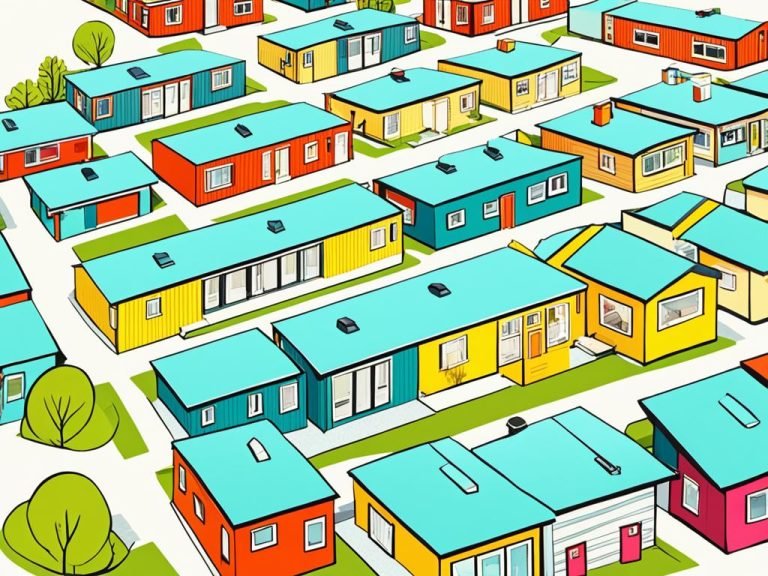
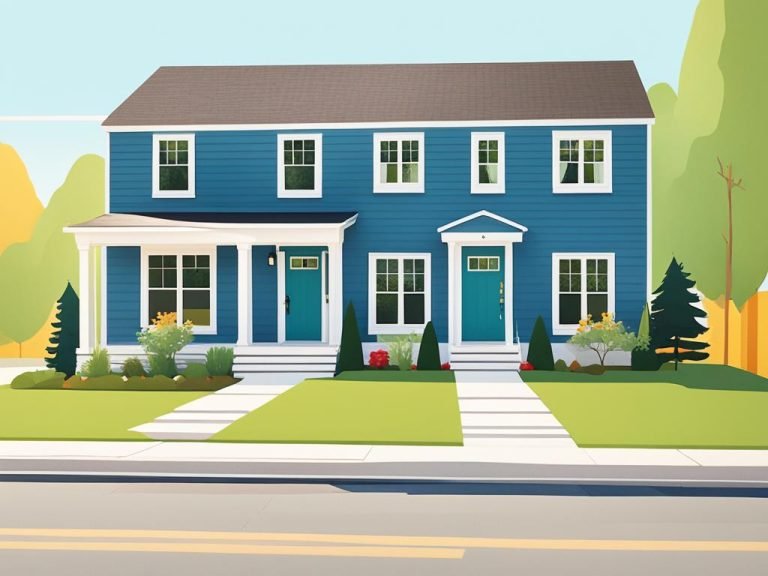
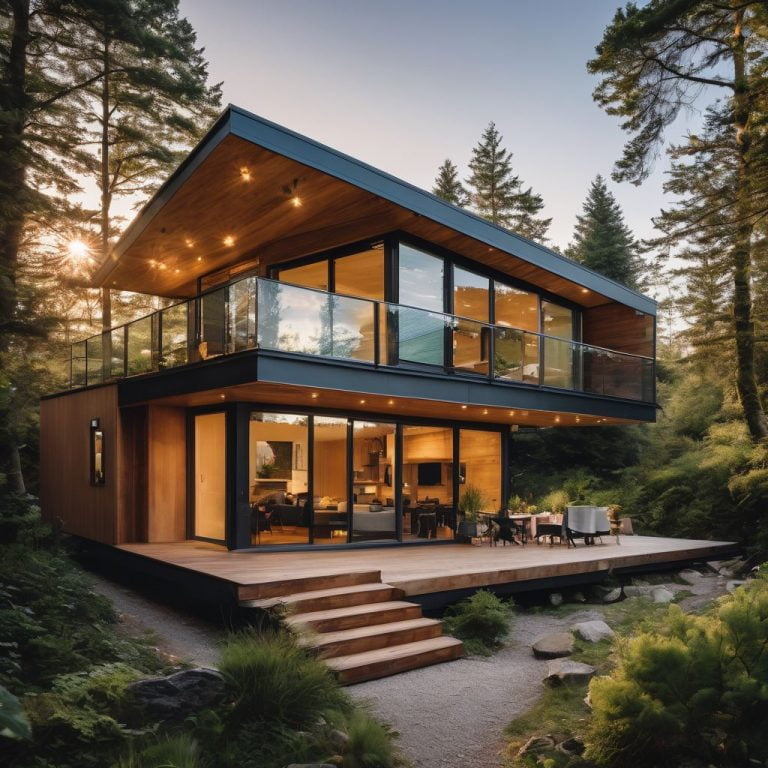
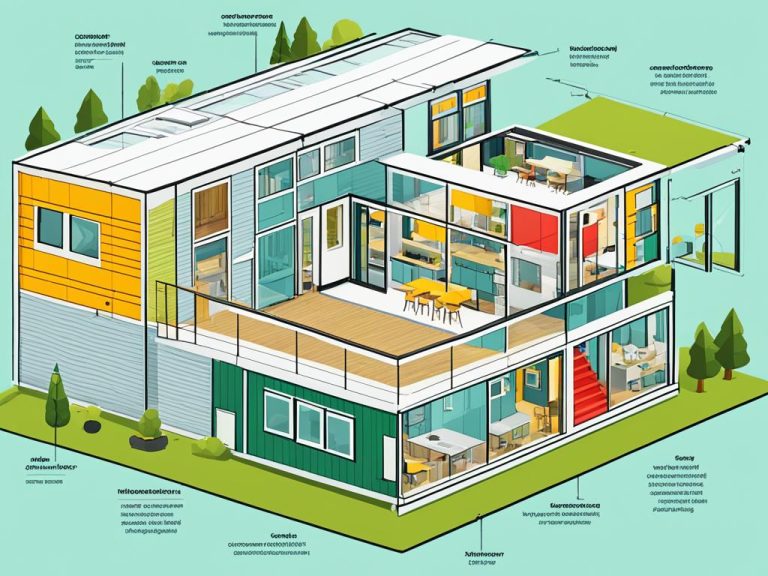
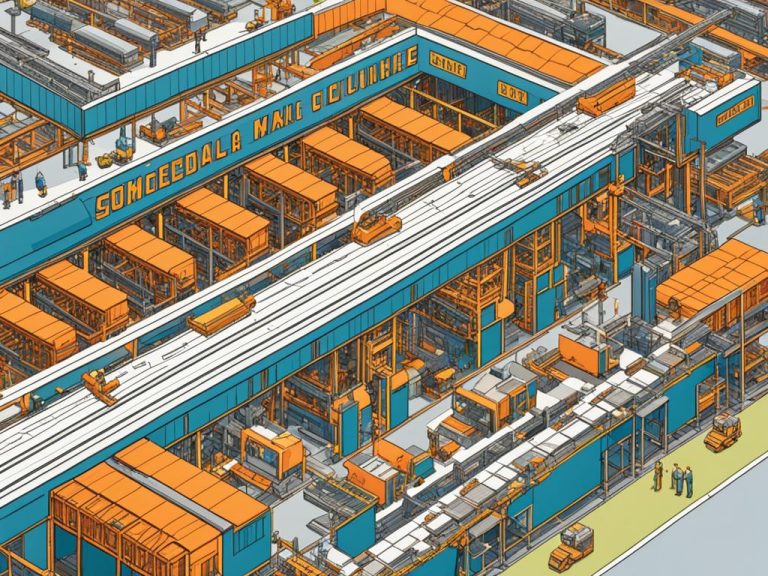
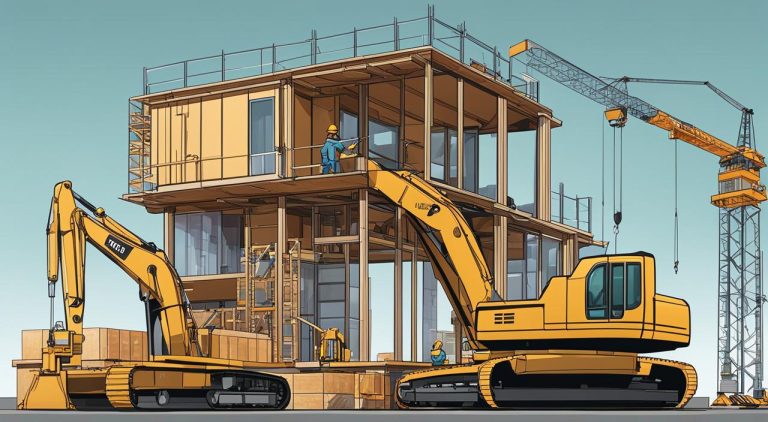
Style, luxe, travel
Good style application for hypebeasts and cute people.
Fashion news, events. Last collections, collaborations, drops.
https://london.luxepodium.com/
Очень стильные события мира fashion.
Актуальные новости известнейших подуимов.
Модные дома, бренды, высокая мода.
Интересное место для стильныех хайпбистов.
https://richlifestyle.ru/
Style, luxury, lifestyle
First fashion startpage for hypebeasts and stylish people.
Industry news, events. Last collections, collaborations, limited editions.
https://lepodium.in/
Абсолютно все актуальные события часового мира – актуальные модели именитых часовых брендов.
Все модели хронографов от дешевых до супер дорогих.
https://podium24.ru/
Очень трендовые новинки подиума.
Абсолютно все эвенты мировых подуимов.
Модные дома, торговые марки, высокая мода.
Приятное место для модных хайпбистов.
https://furluxury.ru/
Абсолютно свежие новости мира fashion.
Исчерпывающие мероприятия известнейших подуимов.
Модные дома, торговые марки, высокая мода.
Новое место для трендовых хайпбистов.
https://balenciager.ru/
Наиболее свежие события мировых подиумов.
Абсолютно все мероприятия известнейших подуимов.
Модные дома, торговые марки, высокая мода.
Лучшее место для модных хайпбистов.
https://outstreet.ru/
Все трендовые события часового искусства – последние коллекции лучших часовых компаний.
Все варианты часов от бюджетных до супер гедонистических.
https://bitwatch.ru/
Наиболее стильные новости мира fashion.
Важные события известнейших подуимов.
Модные дома, лейблы, высокая мода.
Интересное место для трендовых людей.
https://fashion5.ru/
Наиболее важные новости индустрии.
Абсолютно все события лучших подуимов.
Модные дома, торговые марки, гедонизм.
Приятное место для модных хайпбистов.
https://rfsneakers.ru
Очень важные новинки индустрии.
Актуальные мероприятия всемирных подуимов.
Модные дома, лейблы, высокая мода.
Свежее место для стильныех людей.
https://modavmode.ru
Абсолютно актуальные новинки мира fashion.
Все новости всемирных подуимов.
Модные дома, лейблы, высокая мода.
Лучшее место для модных хайпбистов.
https://sofiamoda.ru
Полностью стильные новинки моды.
Важные события всемирных подуимов.
Модные дома, торговые марки, гедонизм.
Приятное место для стильныех людей.
https://fashionsecret.ru